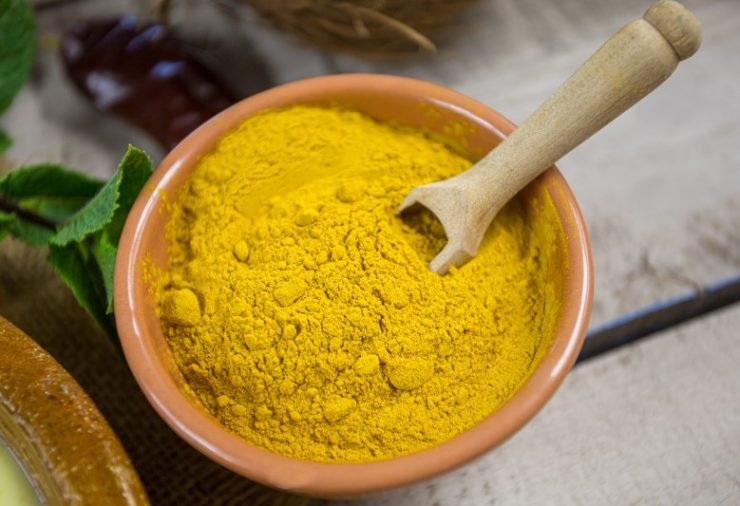Curry powder is a mix of spices that bring warmth and flavor to many recipes. If you’re out of it, several similar spice blends can be substituted.
The spices in curry powder vary from brand to brand and kitchen to kitchen, but it often includes coriander, turmeric, cumin, fenugreek, celery, chili, and allspice.
No matter what dish you need a curry substitute for, this list has you covered.
We’ll cover premade spice blends and single spices that you can mix on your own.
In This Article
8 Curry Powder Substitutes
1. Garam Masala
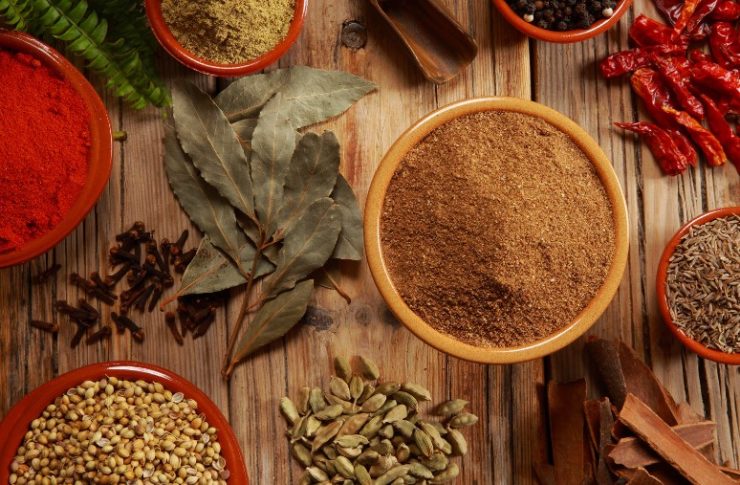
Garam Masala is a complex blend of spices similar to curry powder in taste. Commonly used in north Indian dishes like saag paneer, it’s a tasty substitute that you can add at the end of cooking any dish.
Since garam masala contains many of the same spices in curry powder, it makes an ideal substitute. While the blend varies from region to region, it often contains curry spice herbs like coriander, pepper, cumin, ginger, and fennel.
This substitute does tend to be sweeter than typical curry powders, so consider this when seasoning your dish.
Since garam masala is fairly mild and not spicy, it can be used as an equal substitute for curry powder.
2. Curry Paste
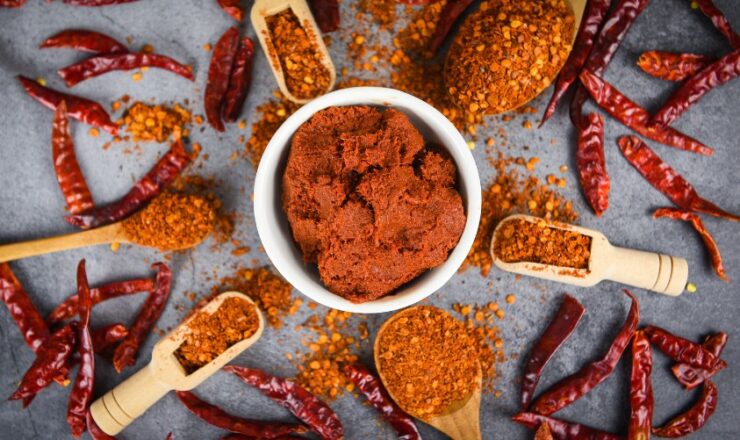
Curry paste is a crucial component in Thai curries that can also be used as a curry powder substitute.
This substitute has some overlapping flavors with curry powder but also contains other spices like lemongrass, garlic, and lime. It also has a higher water content than curry powder and a more intense overall flavor.
The primary types of curry paste include:
- Red Curry– Often the spiciest of the 3 categories of curry paste. Its bright red color comes from the hot chilis used in this spice blend.
- Green Curry– A medium-spicy and more herbal-tasting curry paste. Its green hue comes from kaffir lime leaf, cilantro, and basil.
- Yellow Curry– The mildest of the curry pastes, yellow curry gets its golden color from turmeric root (one of the key ingredients in curry powder).
Curry paste is generally quite concentrated and strong, so it must be diluted if you’re using it in anything other than a soup-type curry. Using it in curries typically requires sautéing the paste first in a bit of oil to release its full flavor.
If you want to use curry paste for roasted vegetables or meats, dilute it with water before using it so that it’s not too overpowering.
3. Sambar Powder
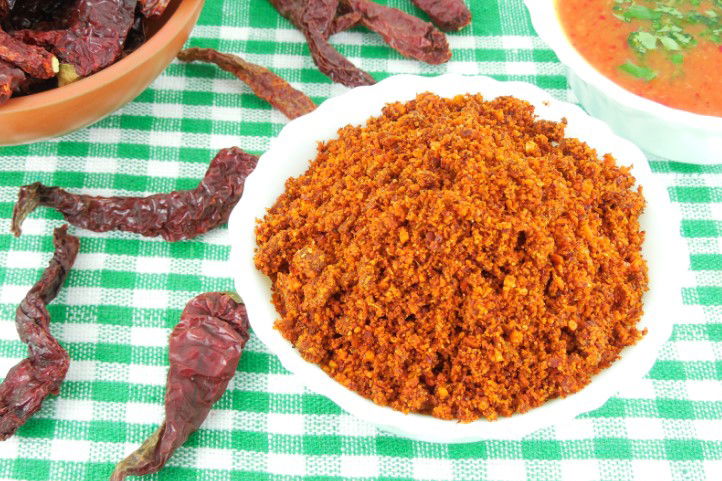
This south Indian substitute for curry powder packs flavor into soups, stews, and meat and fish dishes.
Its ingredients include fenugreek, ginger, black mustard seeds, garlic powder, coriander, and cloves. So it’s a close replacement for curry powder.
Since sambar powder contains more pungent ingredients like garlic and black mustard, it’s a bit stronger than curry powder. For this reason, it’s best to use half the amount of sambar to replace the full amount of curry powder in your recipe.
4. Tandoori Masala
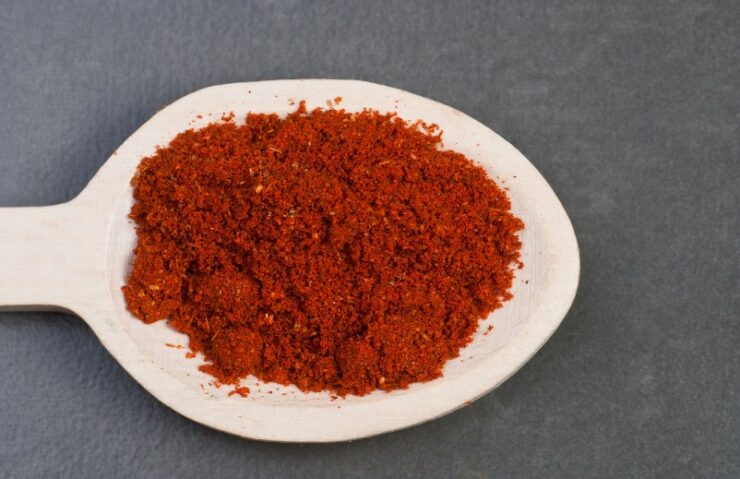
Tandoori masala is the scrumptious spice blend in the famous tandoori chicken and butter chicken. It’s a dependable curry powder substitute for most meat-based dishes.
Containing spices like coriander, cumin, ginger, garlic, fenugreek, cinnamon, and cardamom, it has a pleasant mix of sweet and savory flavors to liven up a recipe. With so many shared ingredients, it’s easy to see why tandoori masala is a perfect substitute for curry powder.
Since tandoori masala typically contains more spicy chili than curry powder, use half the amount of it in your recipe to start.
5. Turmeric + Coriander + Ginger
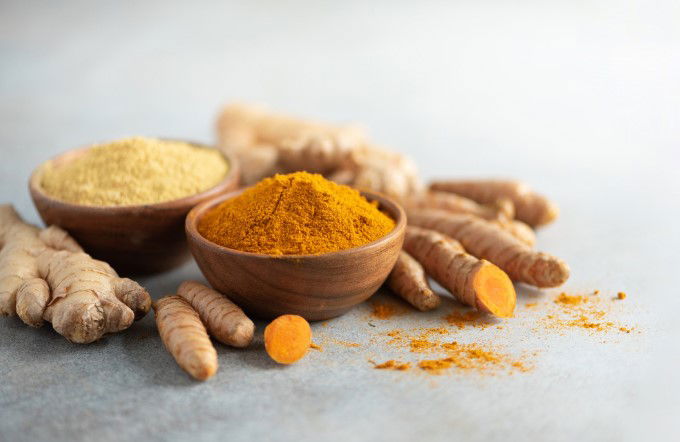
If you need to whip up a quick substitute based on what you have at home, this mixture will work in any recipe that calls for curry powder.
Turmeric lends the yellow color that curry powder is known for, plus a touch of its bitter flavor. And coriander and ginger add the final touch of spice and dimension that the blend needs.
Combine these spiced in equal proportions, and use the blend in equal amounts to replace curry powder.
6. Turmeric + Coriander + Allspice
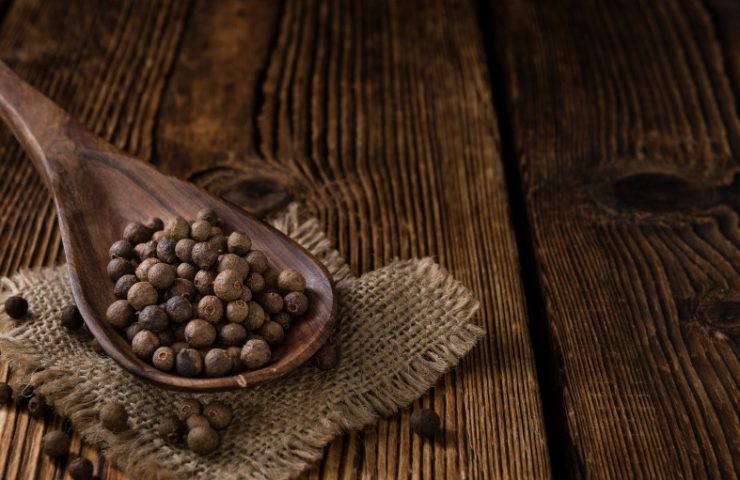
Like the previous substitute, this three-spice blend will get you close to the primary flavors of curry powder. It can be used in any recipe when you need a substitute on the fly.
The addition of allspice brings a hint of warmth and sweetness to this simple blend.
This blend would be ideal in vegetable-based recipes, especially with cauliflower. Combine the spices in equal amounts and use it as a 1:1 replacement for curry powder.
7. Make a Complex Blend
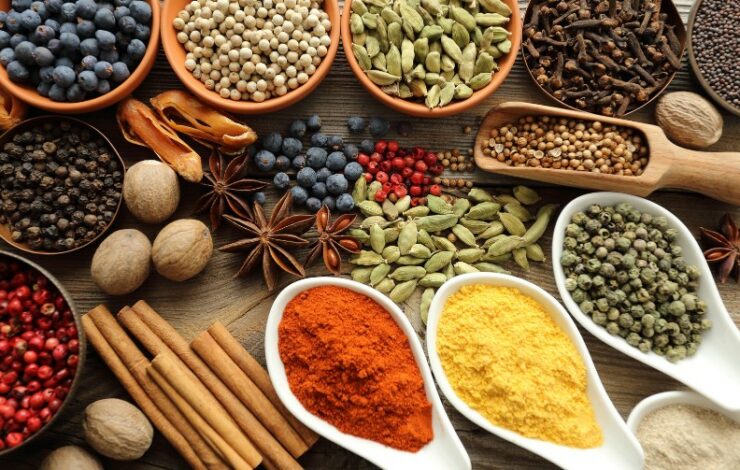
If you prefer a deeply aromatic curry powder blend with a wide variety of spices, consider making your own complex spice blend substitute.
Try a few spices from this list and see what kind of magic you can come up with:
- Cumin– earthy, pungent, warm, slightly sweet
- Coriander– citrusy, aromatic, earthy
- Ginger– aromatic, spicy, warm, pungent
- Fenugreek– nutty, sweet, bitter
- Mustard Powder– pungent, slightly sour, warm
- Black Pepper– spicy, warm, pungent
- Red Pepper– spicy, citrusy, pungent
- Turmeric– bitter, citrusy, earthy
- Fennel– anise flavor, warm, slightly sweet
- Cinnamon– sweet, spicy, warm
- Smoked Paprika– smoky, warm, pungent
- Garlic Powder– pungent, earthy, slightly spicy
- Allspice– aromatic, spicy, warming, peppery
By creating a personal curry powder blend, you have full control over the flavor profile, which can be very fun or a little intimidating.
You can try picking 3 main spice flavors you’d like to have as your base flavors, and use those in greater amounts. Then add any additional spices little by little until you have a flavor profile that rocks your palate (in a good way).
8. Chaat Masala
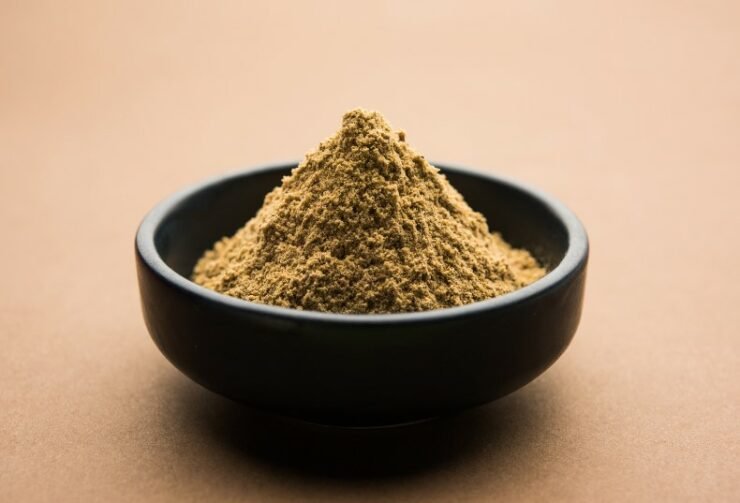
Chaat masala is a unique curry powder substitute that works best in cold salads and yogurt-based recipes.
This substitute contains mango and tamarind powders, which add a sweet and citrusy element to the spice blend. Because of its unique tangy and spicy flavor profile, I wouldn’t recommend using chaat masala in curry soups or stews.
Chaat masala is strong, so start out using only half of the amount of curry powder that’s called for in your original recipe. Then, to balance its sweet flavor, consider adding more savory spices like garlic and cumin to your dish.
Final Tips on Curry Powder Substitutions
Curry powder is a somewhat complex ingredient that has different varieties available. This lends some flexibility to finding a substitute you’re happy with. While you’re experimenting, here are a few factors to consider.
If you’re picking a spicy substitute like tandoori masala or red curry paste, you’ll want to lessen the proportion of it in your recipe. This helps prevent overseasoning and changing the recipe’s flavor too drastically.
Second, consider any additional flavors in your substitute compared to curry powder.
They may be salty, sour, sweet, or pungent.
Does a substitute contain sour ingredients like tamarind or lime? Or is it higher in pungent ingredients like mustard and garlic? These will greatly affect your dish, so pick a balance that works with the other flavors in your dish.
Finally, check the amount of liquid in your substitute, as this can affect the consistency of your final dish. For instance, curry paste may not be the ideal curry powder substitute for sprinkling on roasted vegetables, as it must first be diluted in water.
Frequently Asked Questions
What is curry powder made of?
Curry powder can vary based on the manufacturer. It typically contains a blend of turmeric, coriander, cumin, ginger, fenugreek, celery, and black pepper.
What’s the best substitute for curry powder?
Making a curry powder blend is the closest substitute. But in a pinch, garam masala is a mild and flavorful substitute that can be added at the end of cooking.
Can I use sambar powder in place of curry powder?
To replace curry powder with sambar powder, use half the amount of curry powder called for in your recipe to account for its spiciness.
